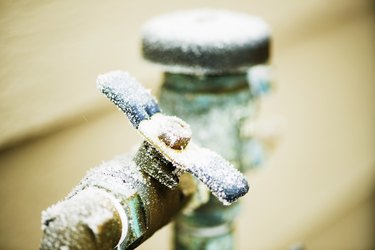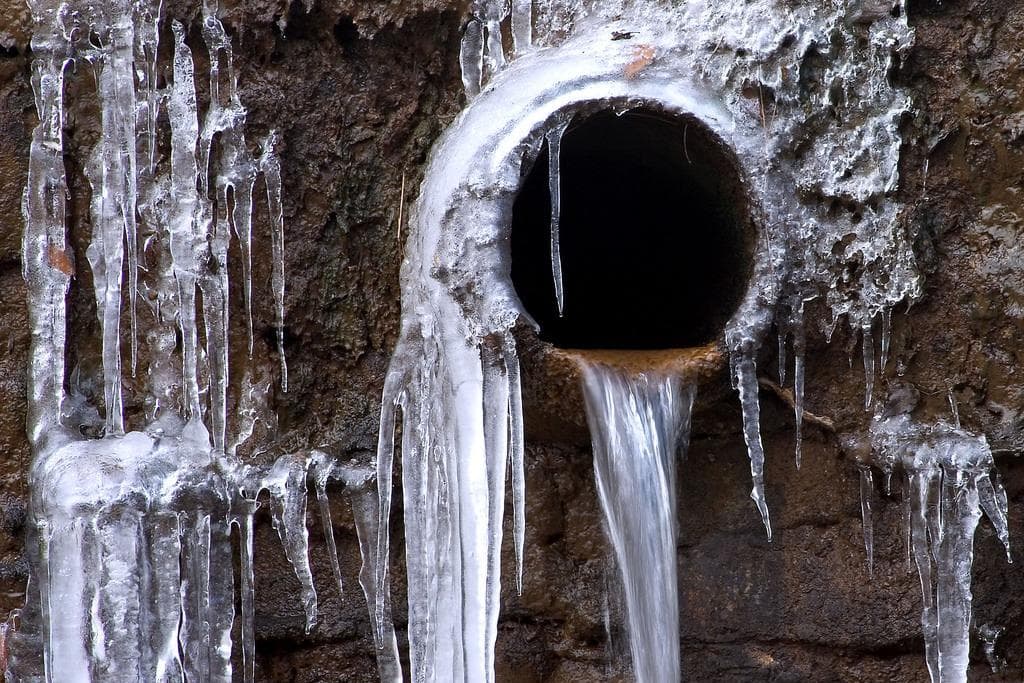Essential Tips to Avoid Frozen Plumbing in Winter: Specialist Guidance
Essential Tips to Avoid Frozen Plumbing in Winter: Specialist Guidance
Blog Article
What are your ideas regarding How to prepare your home plumbing for winter weather?

Winter can wreak havoc on your plumbing, specifically by freezing pipes. Right here's exactly how to avoid it from happening and what to do if it does.
Introduction
As temperature levels decline, the danger of icy pipelines increases, potentially leading to costly repair services and water damages. Recognizing how to prevent frozen pipelines is crucial for home owners in chilly climates.
Avoidance Tips
Protecting susceptible pipelines
Cover pipes in insulation sleeves or make use of warm tape to protect them from freezing temperatures. Concentrate on pipelines in unheated or outside locations of the home.
Heating strategies
Keep interior rooms effectively heated up, especially locations with plumbing. Open up cabinet doors to enable cozy air to flow around pipes under sinks.
How to recognize frozen pipelines
Search for decreased water flow from faucets, uncommon odors or noises from pipes, and visible frost on subjected pipelines.
Long-Term Solutions
Architectural changes
Consider rerouting pipes far from exterior wall surfaces or unheated locations. Include additional insulation to attics, basements, and crawl spaces.
Updating insulation
Buy premium insulation for pipes, attics, and wall surfaces. Appropriate insulation helps maintain consistent temperature levels and decreases the risk of icy pipes.
Shielding Exterior Pipes
Yard hose pipes and outdoor taps
Disconnect and drain pipes yard hose pipes prior to winter season. Mount frost-proof spigots or cover exterior faucets with protected caps.
Recognizing Frozen Pipelines
What creates pipes to freeze?
Pipes ice up when exposed to temperatures listed below 32 ° F (0 ° C) for expanded durations. As water inside the pipelines freezes, it expands, putting pressure on the pipe wall surfaces and possibly creating them to break.
Threats and problems
Icy pipelines can lead to water system interruptions, property damages, and pricey fixings. Ruptured pipelines can flood homes and cause considerable structural damages.
Indicators of Frozen Piping
Recognizing icy pipelines early can prevent them from bursting.
What to Do If Your Pipelines Freeze
Immediate activities to take
If you think frozen pipes, keep faucets available to relieve stress as the ice melts. Make use of a hairdryer or towels taken in hot water to thaw pipes gradually.
Conclusion
Protecting against frozen pipelines calls for positive actions and quick reactions. By recognizing the causes, signs, and safety nets, house owners can safeguard their pipes during cold weather.
5 Ways to Prevent Frozen Pipes
Drain Outdoor Faucets and Disconnect Hoses
First, close the shut-off valve that controls the flow of water in the pipe to your outdoor faucet. Then, head outside to disconnect and drain your hose and open the outdoor faucet to allow the water to completely drain out of the line. Turn off the faucet when done. Finally, head back to the shut-off valve and drain the remaining water inside the pipe into a bucket or container. Additionally, if you have a home irrigation system, you should consider hiring an expert to clear the system of water each year.
Insulate Pipes
One of the best and most cost-effective methods for preventing frozen water pipes is to wrap your pipes with insulation. This is especially important for areas in your home that aren’t exposed to heat, such as an attic. We suggest using foam sleeves, which can typically be found at your local hardware store.
Keep Heat Running at 65
Your pipes are located inside your walls, and the temperature there is much colder than the rest of the house. To prevent your pipes from freezing, The Insurance Information Institute suggests that you keep your home heated to at least 65 degrees, even when traveling. You may want to invest in smart devices that can keep an eye on the temperature in your home while you’re away.
Leave Water Dripping
Moving water — even a small trickle — can prevent ice from forming inside your pipes. When freezing temps are imminent, start a drip of water from all faucets that serve exposed pipes. Leaving a few faucets running will also help relieve pressure inside the pipes and help prevent a rupture if the water inside freezes.
Open Cupboard Doors
Warm your kitchen and bathroom pipes by opening cupboards and vanities. You should also leave your interior doors ajar to help warm air circulate evenly throughout your home.

I'm just very fascinated with How to Prevent Your Pipes From Freezing and I hope you appreciated my entry. Do you know about someone else who is in to the subject? Do not hesitate to share it. Many thanks for being here. Please check up our site back soon.
Estimate Free Report this page